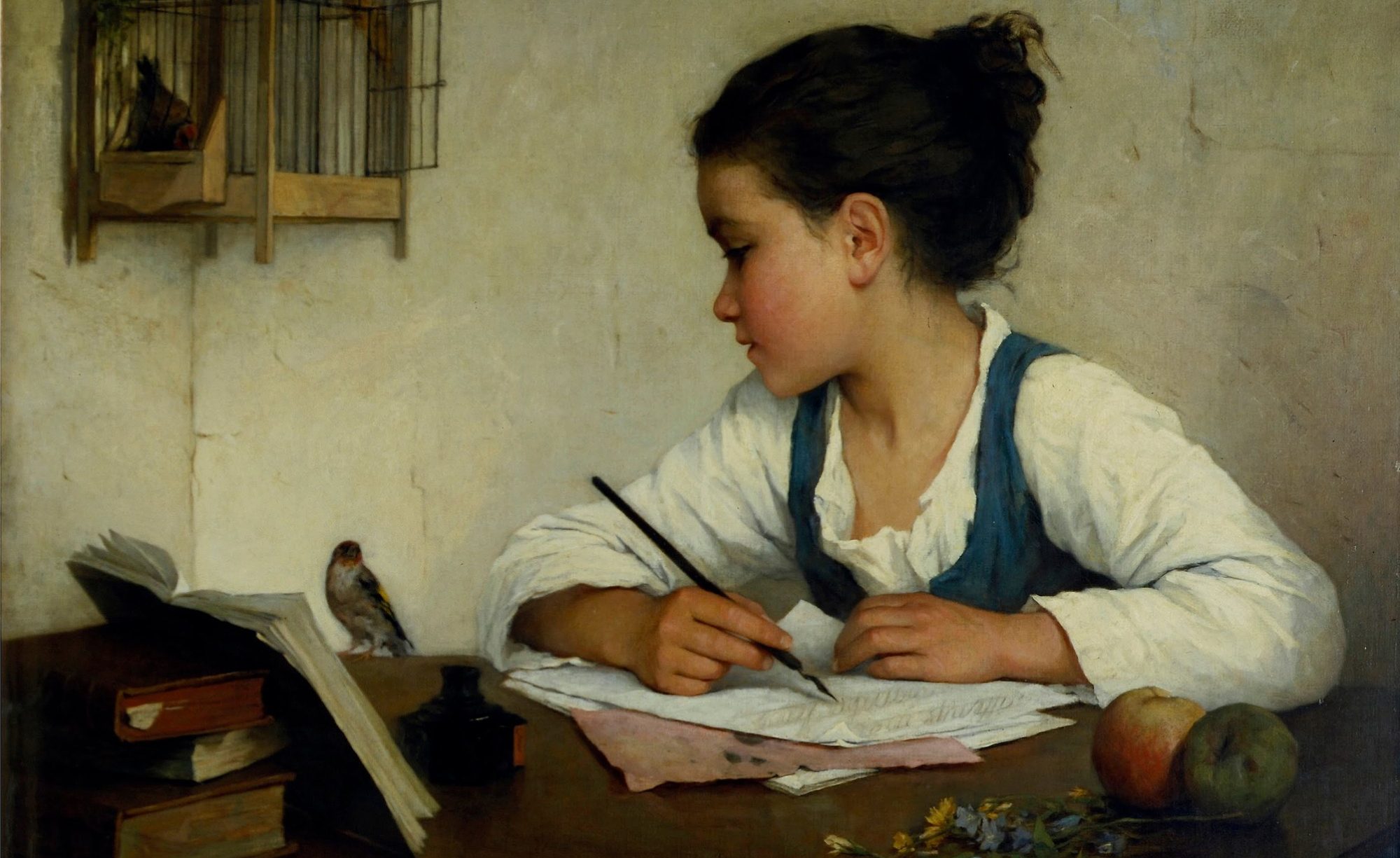The following are excerpts from The Book of Days for 1832.
There is perhaps no night in the year which the popular imagination has stamped with a more peculiar character than the evening of the 31st of October, known as All Hallow’s Eve, or Halloween. It is clearly a relic of pagan times, for there is nothing in the church-observance of the ensuing day of All Saints to have originated such extraordinary notions as are connected with this celebrated festival, or such remarkable practices as those by which it is distinguished.
The leading idea respecting Halloween is that it is the time, of all others, when supernatural influences prevail It is the night set apart for a universal walking abroad of spirits, both of the visible and invisible world; for, as will be afterwards seen, one of the special characteristics attributed to this mystic evening, is the faculty conferred on the immaterial principle in humanity to detach itself from its corporeal tenement and wander abroad through the realms of space. Divination is then believed to attain its highest power, and the gift asserted by Glendower of calling spirits ‘from the vasty deep,’ becomes available to all who choose to avail themselves of the privileges of the occasion.
There is a remarkable uniformity in the fireside customs of this night all over the United Kingdom. Nuts and apples are everywhere in requisition, and consumed in immense numbers. Indeed the name of Nutcrack Night, by which Halloween is known in the north of England, indicates the predominance of the former of these articles in making up the entertainments of the evening. They are not only cracked and eaten, but made the means of vaticination in love-affairs.
It is a custom in Ireland, when the young women would know if their lovers are faithful, to put three nuts upon the bars of the grate, naming the nuts after the lovers. If a nut cracks or jumps, the lover will prove unfaithful; if it begins to blaze or burn, he has a regard for the person making the trial. If the nuts named after the girl and her lover burn together, they will be married.
There is an old custom, perhaps still observed in some localities on this merry night, of hanging up a stick horizontally by a string from the ceiling, and putting a candle on the one end, and an apple on the other. The stick being made to twirl rapidly, the merry-makers in succession leap up and snatch at the apple with their teeth (no use of the hands being allowed), but it very frequently happens that the candle comes round before they are aware, and scorches them in the face, or anoints them with grease. The disappointments and misadventures occasion, of course, abundance of laughter. But the grand sport with apples on Halloween is to set them afloat in a tub of water, into which the juveniles, by turns, duck their heads with the view of catching an apple.
Among these is the custom still prevalent in Scotland, as the initiatory Halloween ceremony, of pulling kailstocks or stalks of colewort. The young people go out hand-in-hand, blindfolded, into the kailyard or garden, and each pulls the first stalk which he meets with. They then return to the fireside to inspect their prizes. According as the stalk is big or little, straight or crooked, so shall the future wife or husband be of the party by whom it is pulled. The quantity of earth sticking to the root denotes the amount of fortune or dowry; and the taste of the pith or custoc indicates the temper. Finally, the stalks are placed, one after another, over the door, and the Christian names of the persons who chance thereafter to enter the house are held in the same succession to indicate those of the individuals whom the parties are to marry.
Another ceremony much practised on Halloween, is that of the Three Dishes or Luggies. Two of these are respectively filled with clean and foul water, and one is empty. They are ranged on the hearth, when the parties, blindfolded, advance in succession, and dip their fingers into one. If they dip into the clean water, they are to marry a maiden ; if into the foul water, a widow; if into the empty dish, the party so dipping is destined to be either a bachelor or an old maid. As each person takes his turn, the position of the dishes is changed.
The ceremonies above described are all of a light sportive description, but there are others of a more weird-like and fearful character, which in this enlightened incredulous age have fallen very much into desuetude. One of these is the celebrated spell of eating an apple before a looking glass, with the view of discovering the inquirer’s future husband, who it is believed will be seen peeping over her shoulder.
What may perhaps be termed unhallowed, rites of All Hallows’ Eve, is to wet a shirt-sleeve, hang it up to the fire to dry, and lie in bed watching it till midnight, when the apparition of the individual’s future partner for life will come in and turn the sleeve
Other rites for the invocation of spirits might be referred to, such as the sowing of hemp-seed, and the winnowing of three wechts of nothing, i.e., repeating three times the action of exposing corn to the wind. In all of these the effect sought to be produced is the same—the appearance of the future husband or wife of the experimenter.
Above illustration is from News from the invisible world; or, Interesting anecdotes of the dead, published between 1800 – 1830





Fabulous post!! I tweeted and shared on FB.
Thank you, Ella!